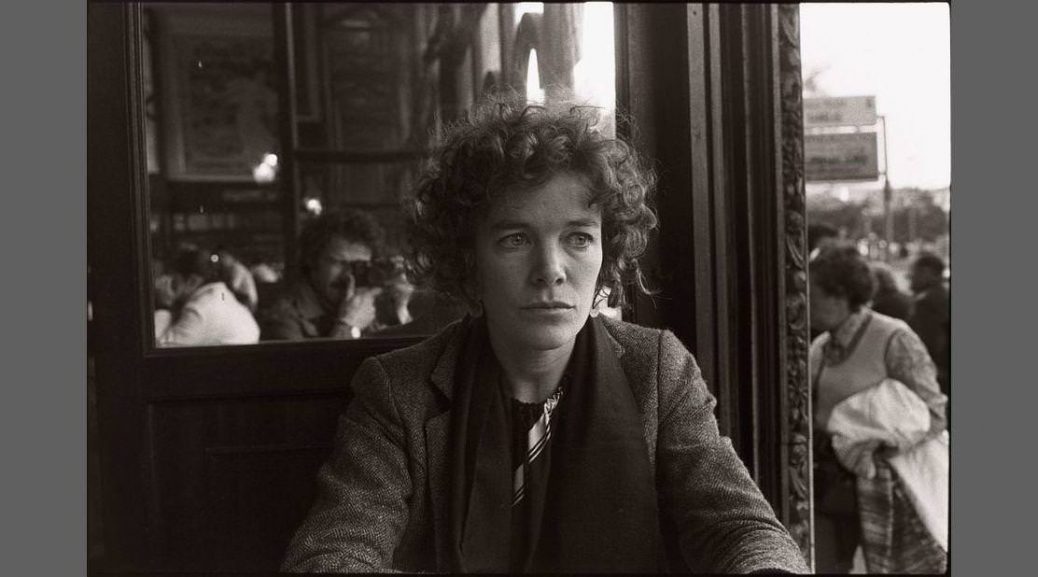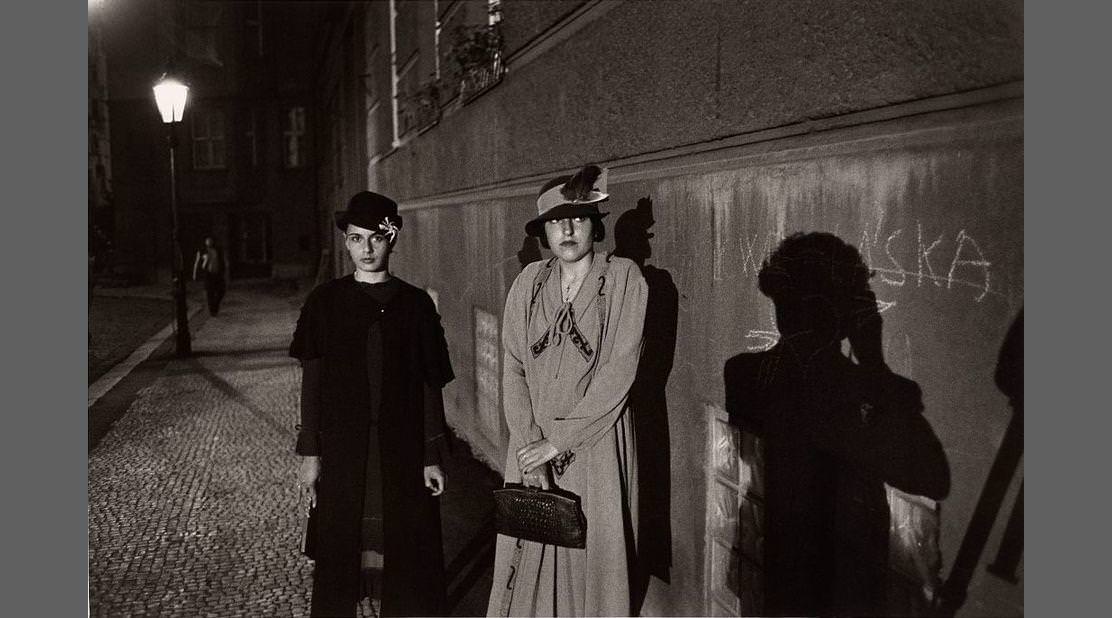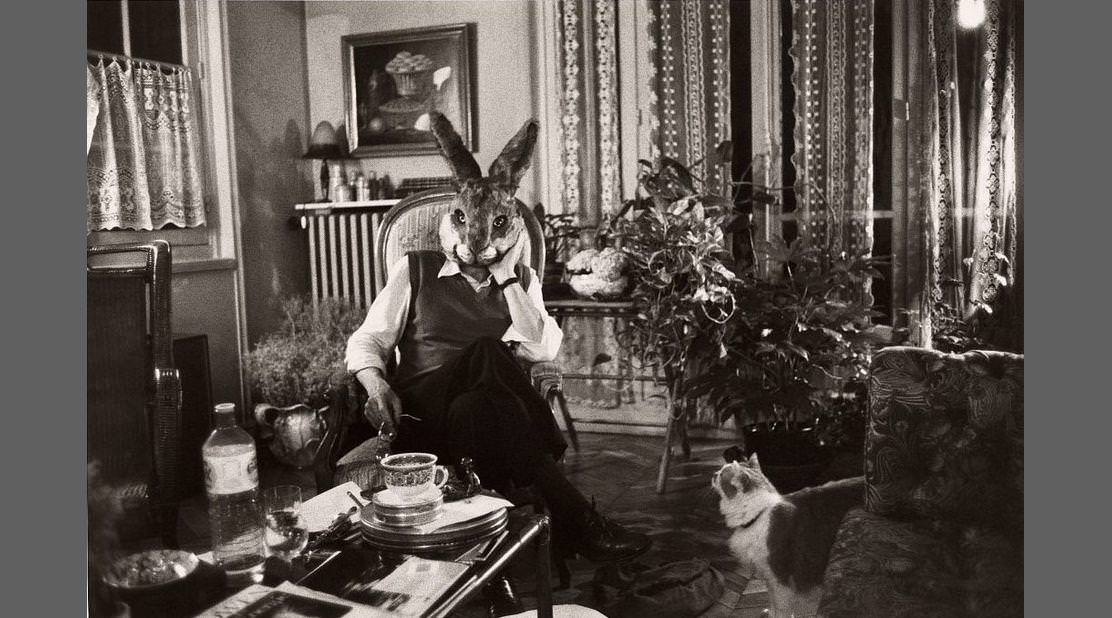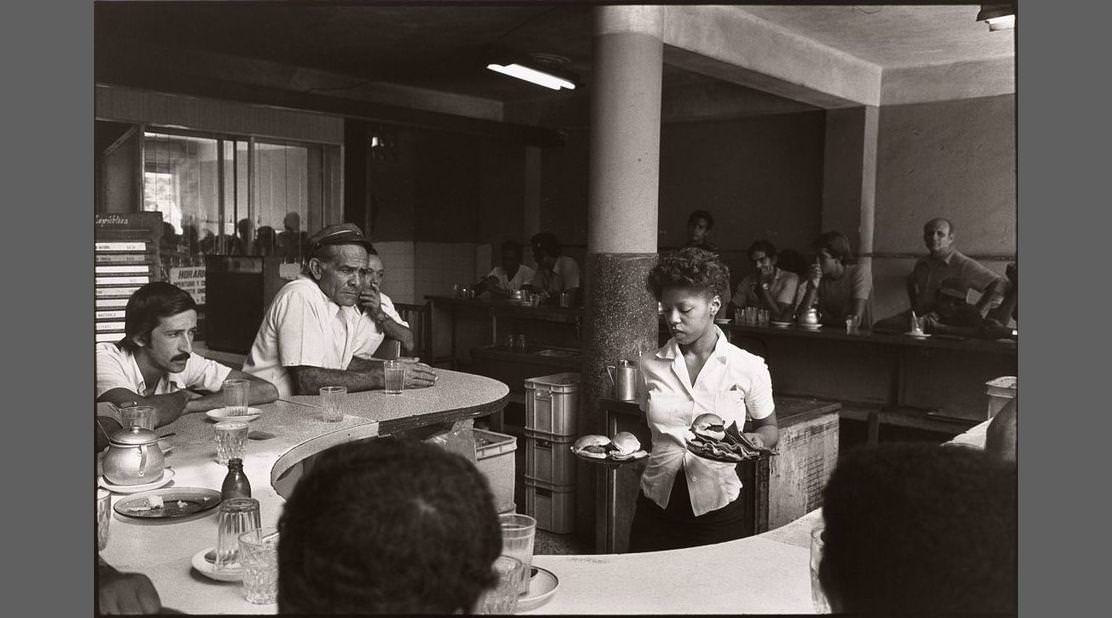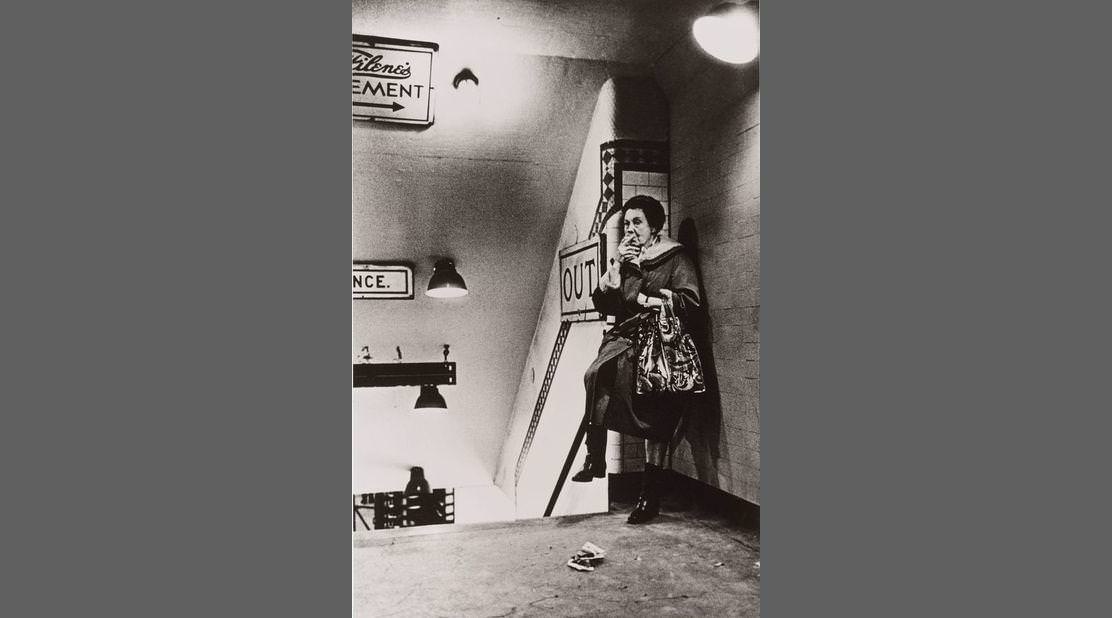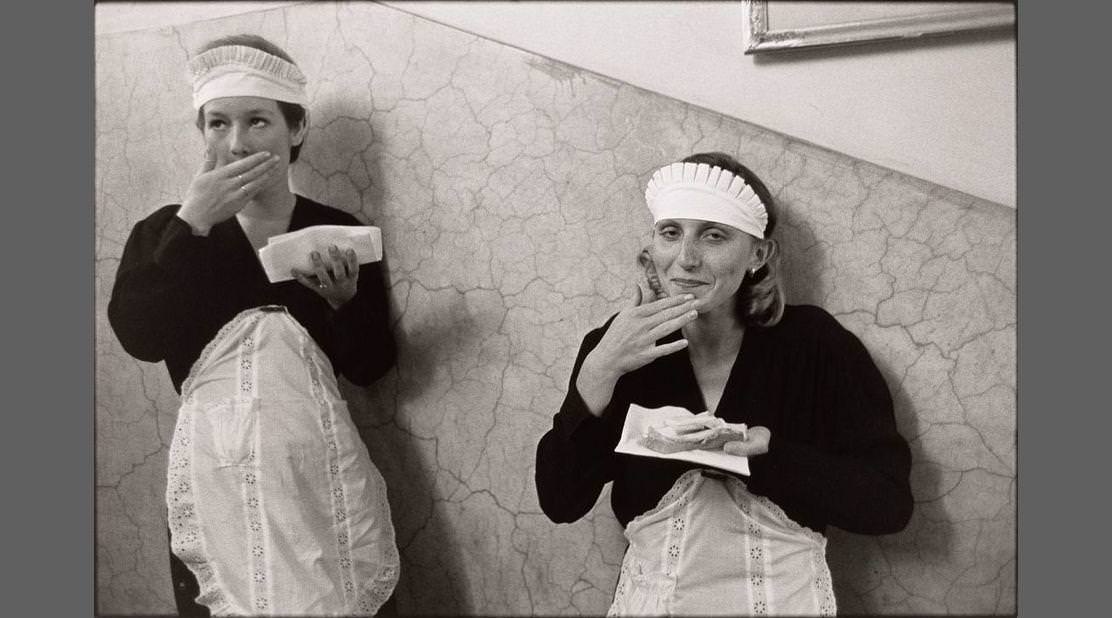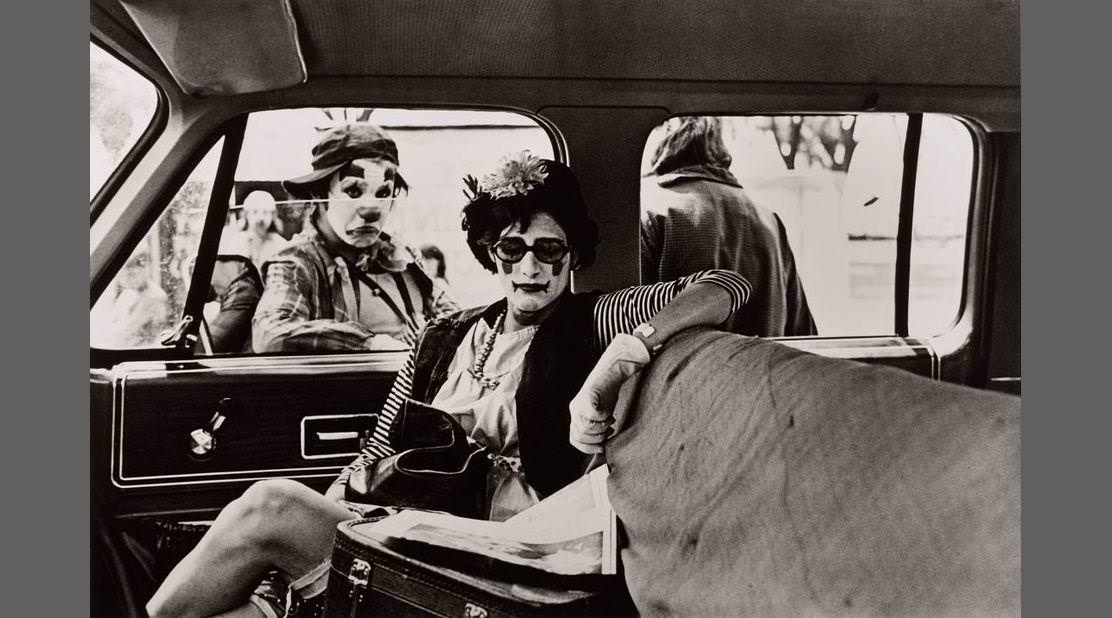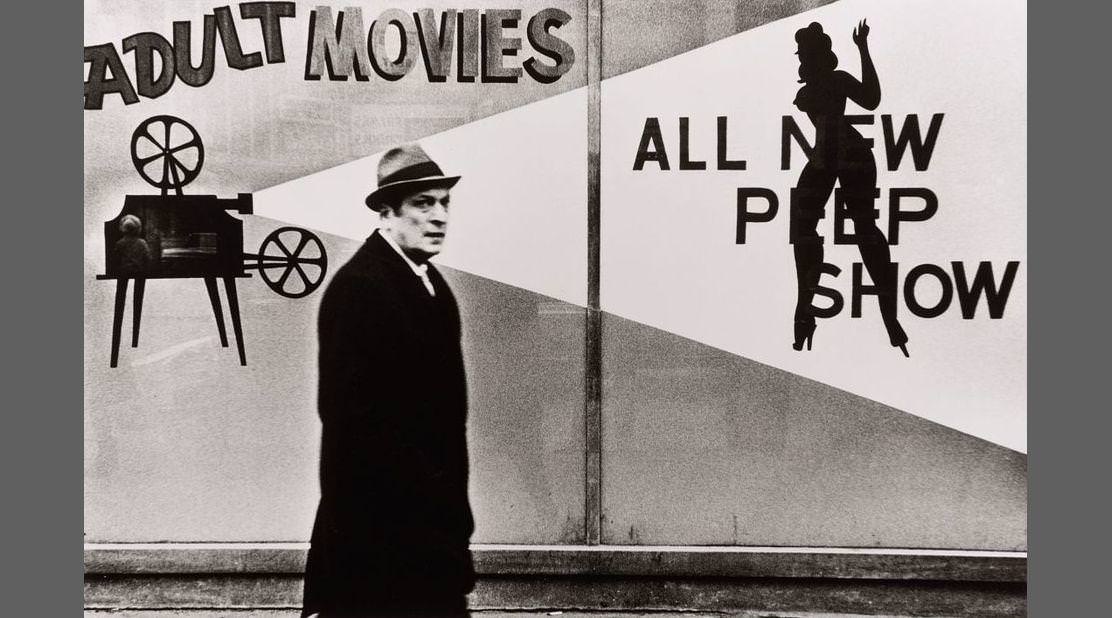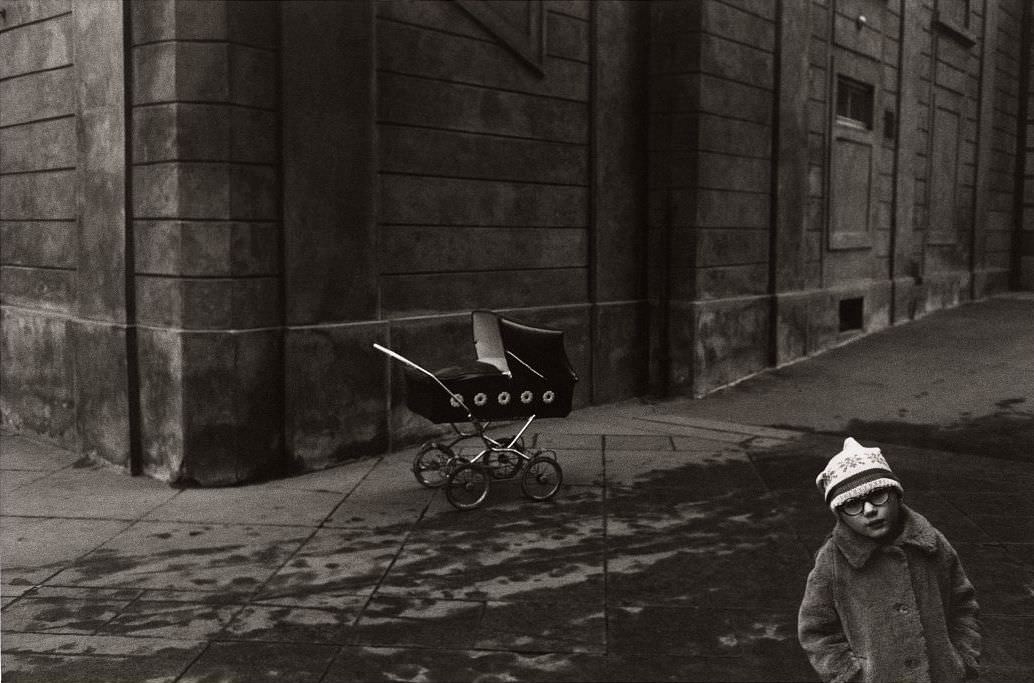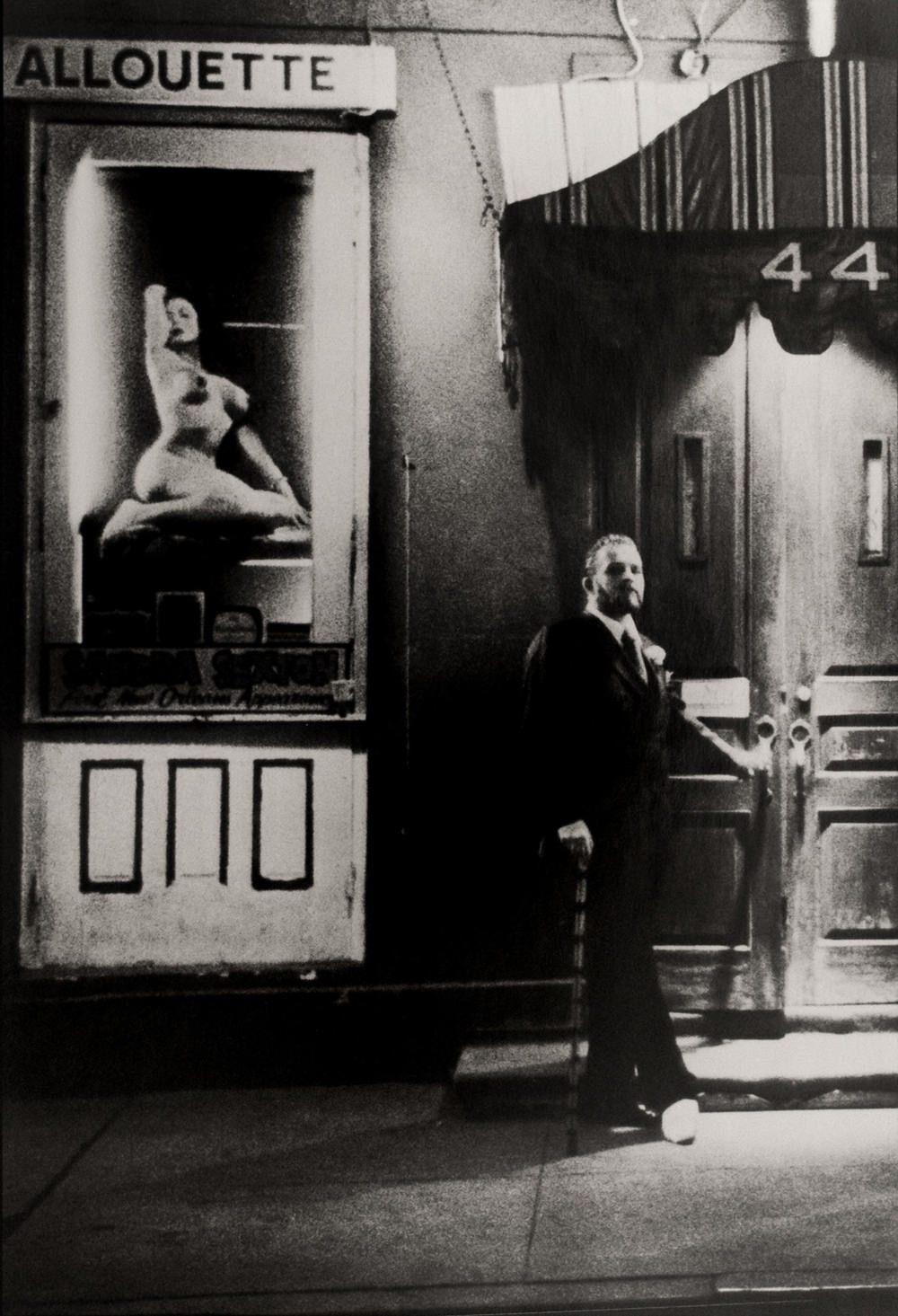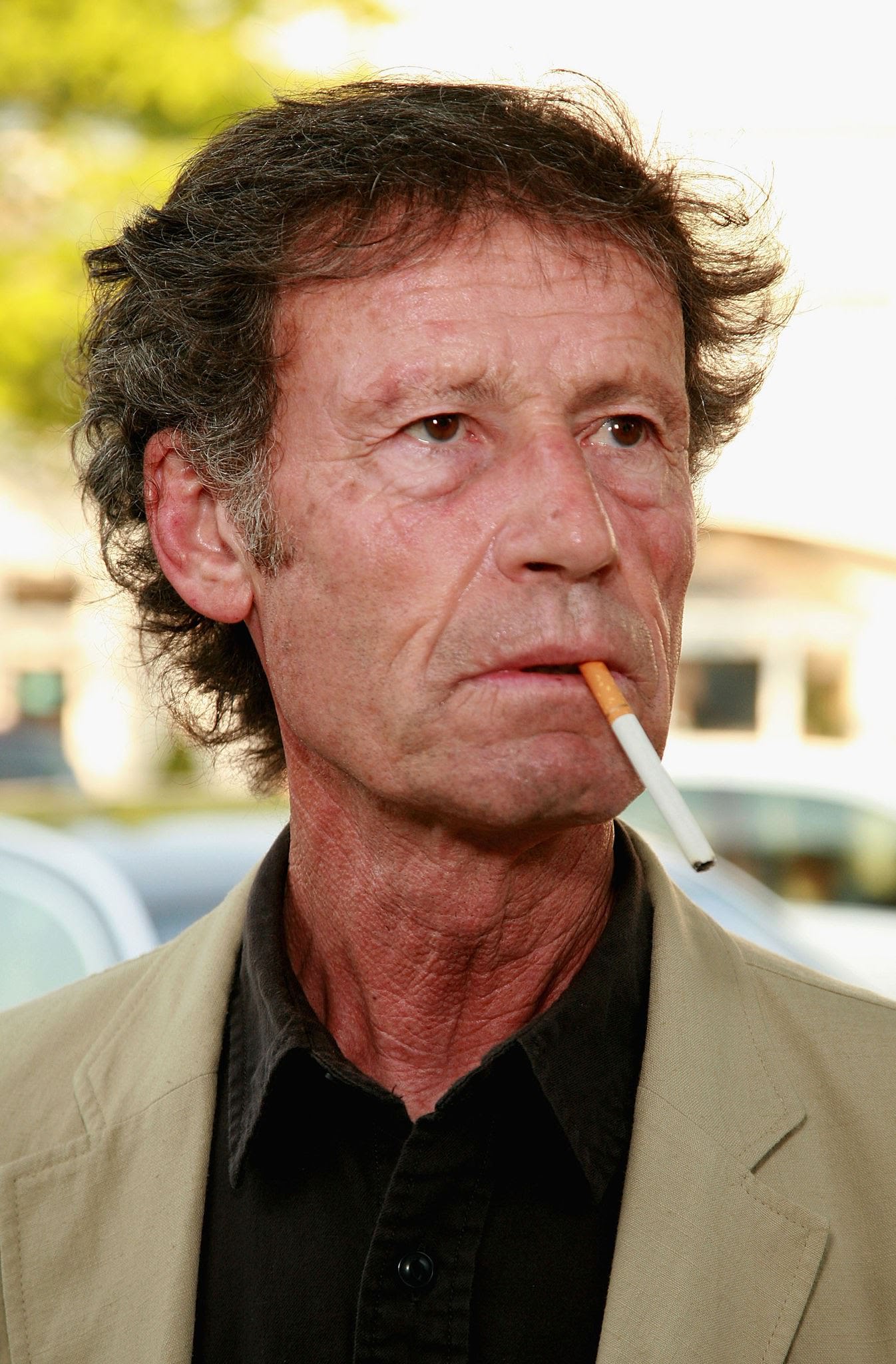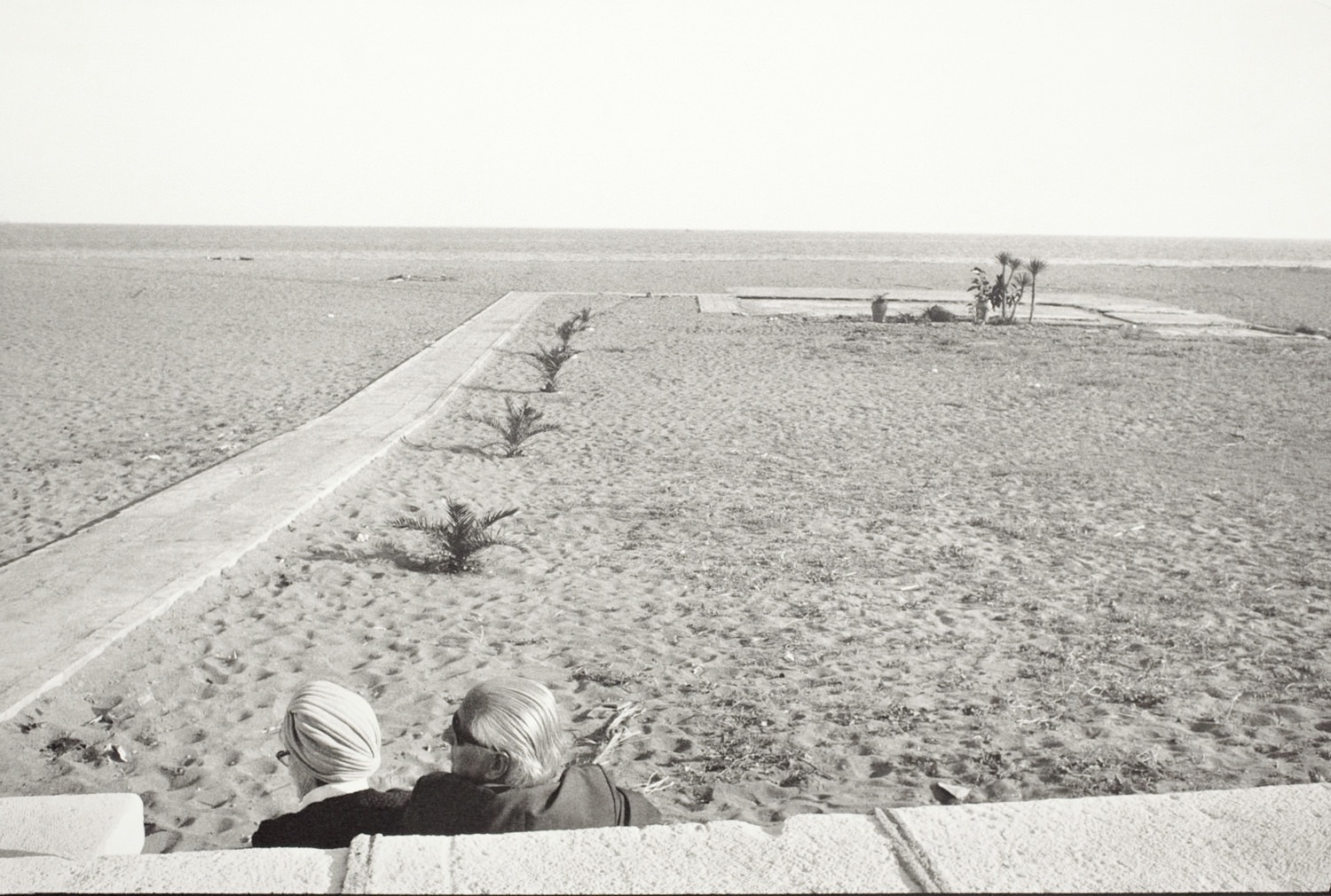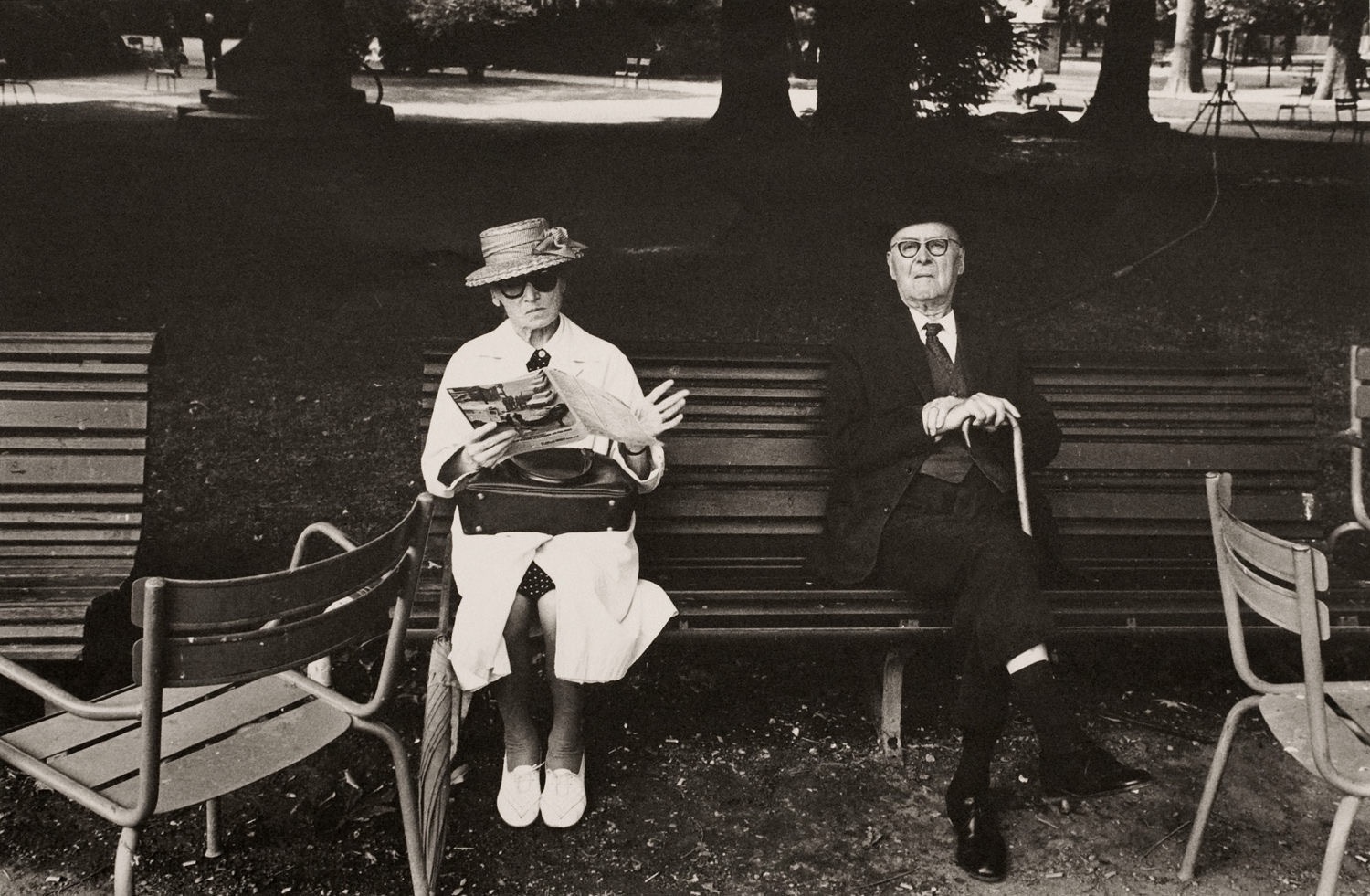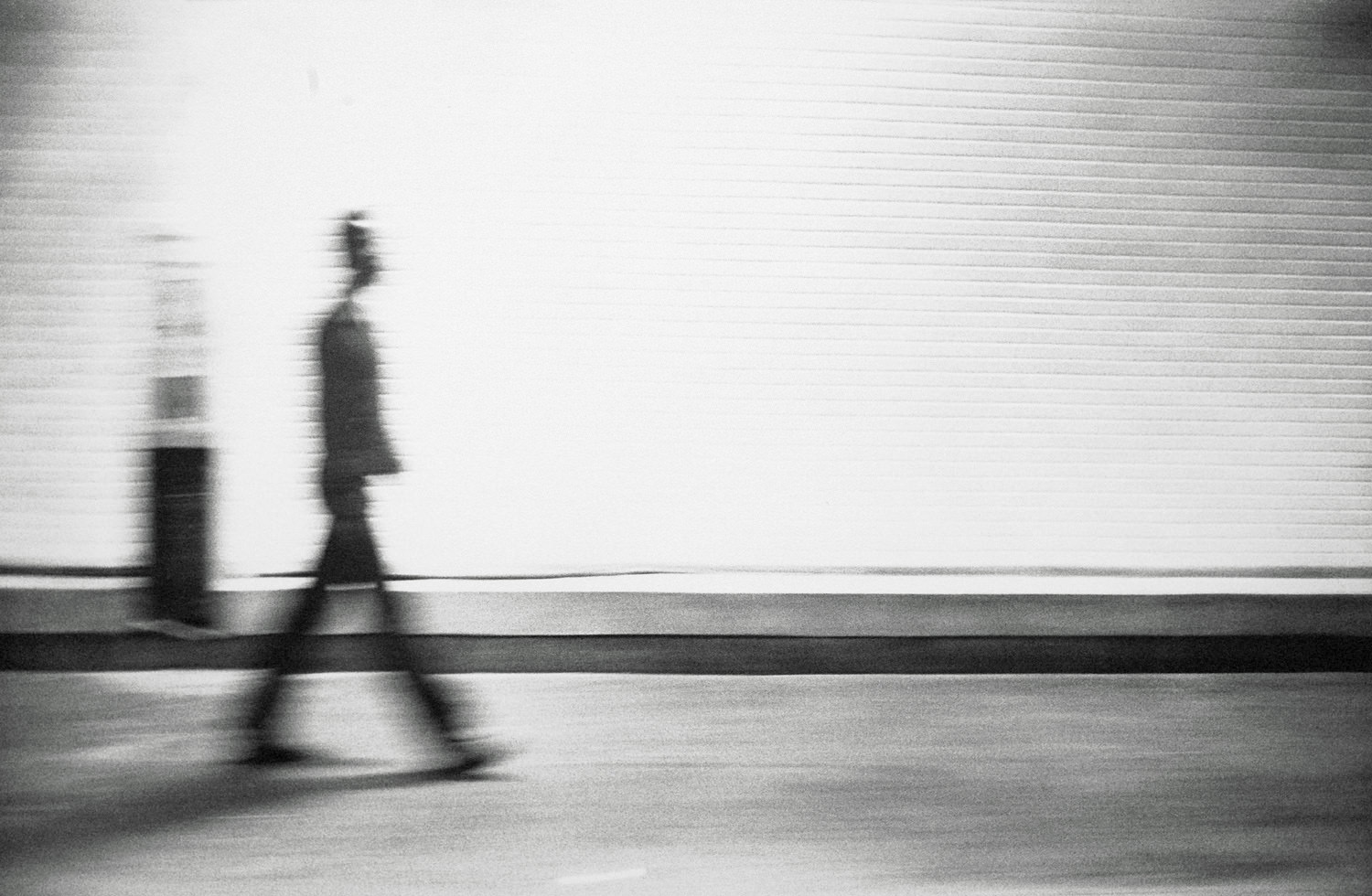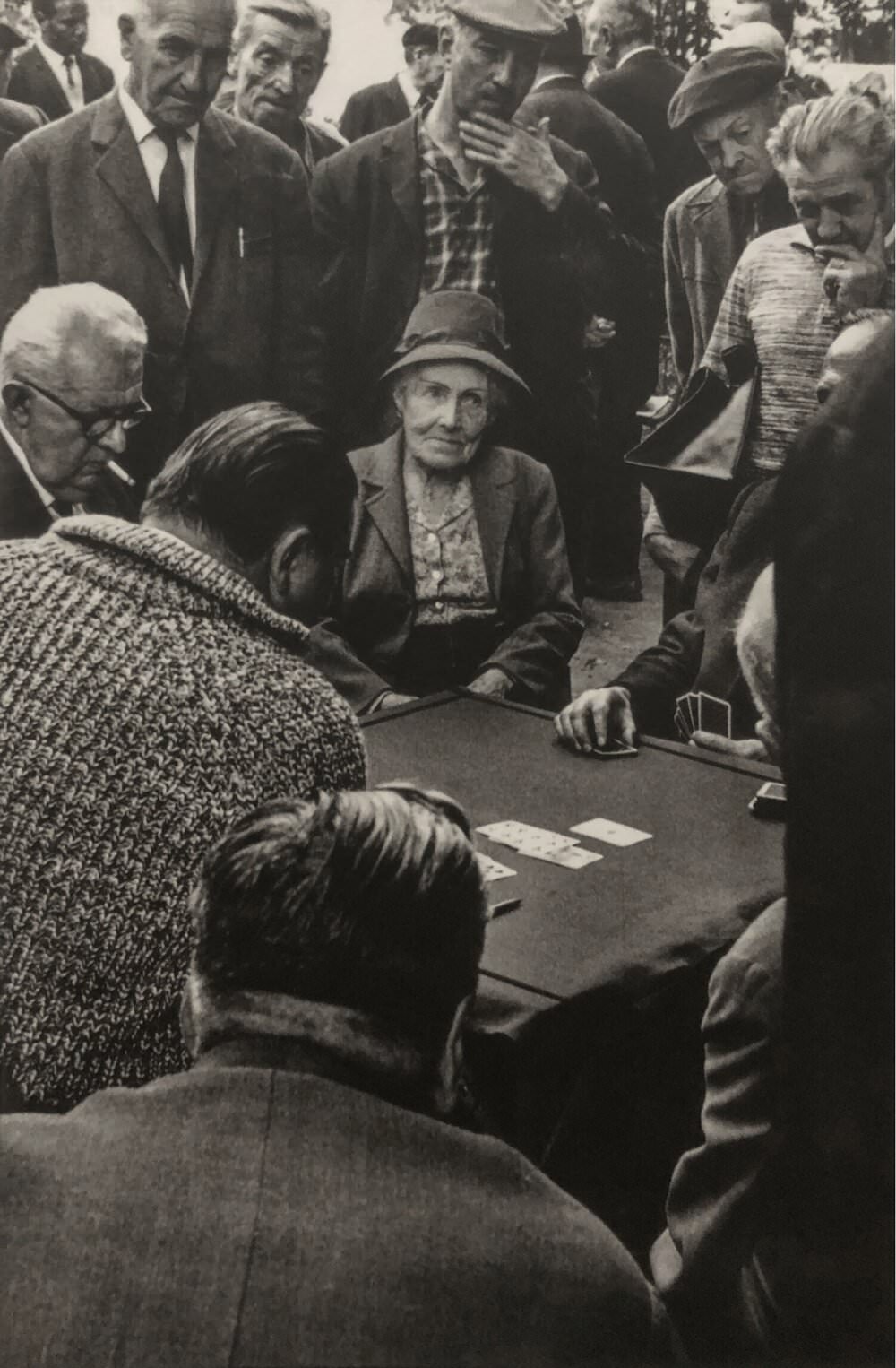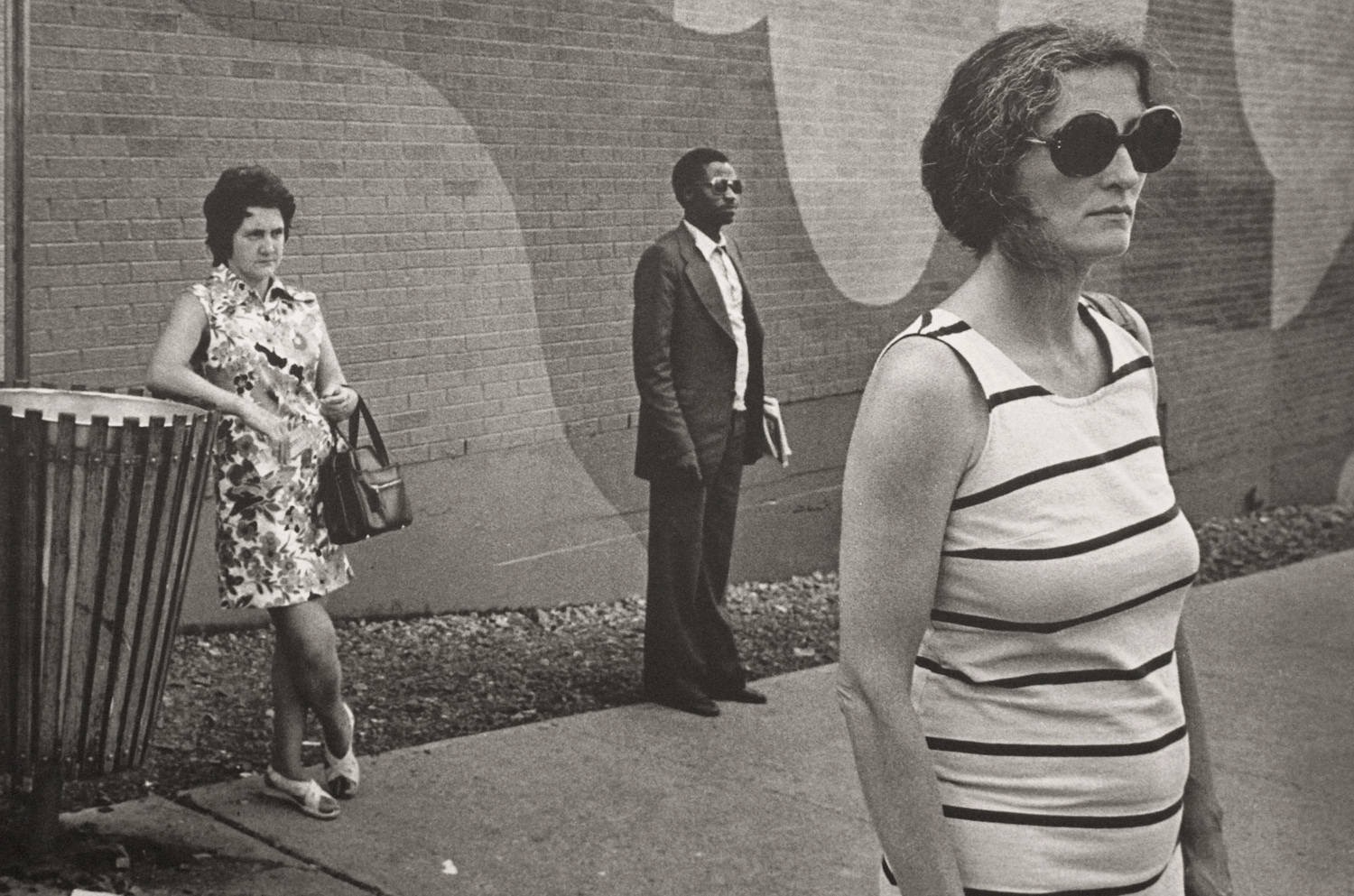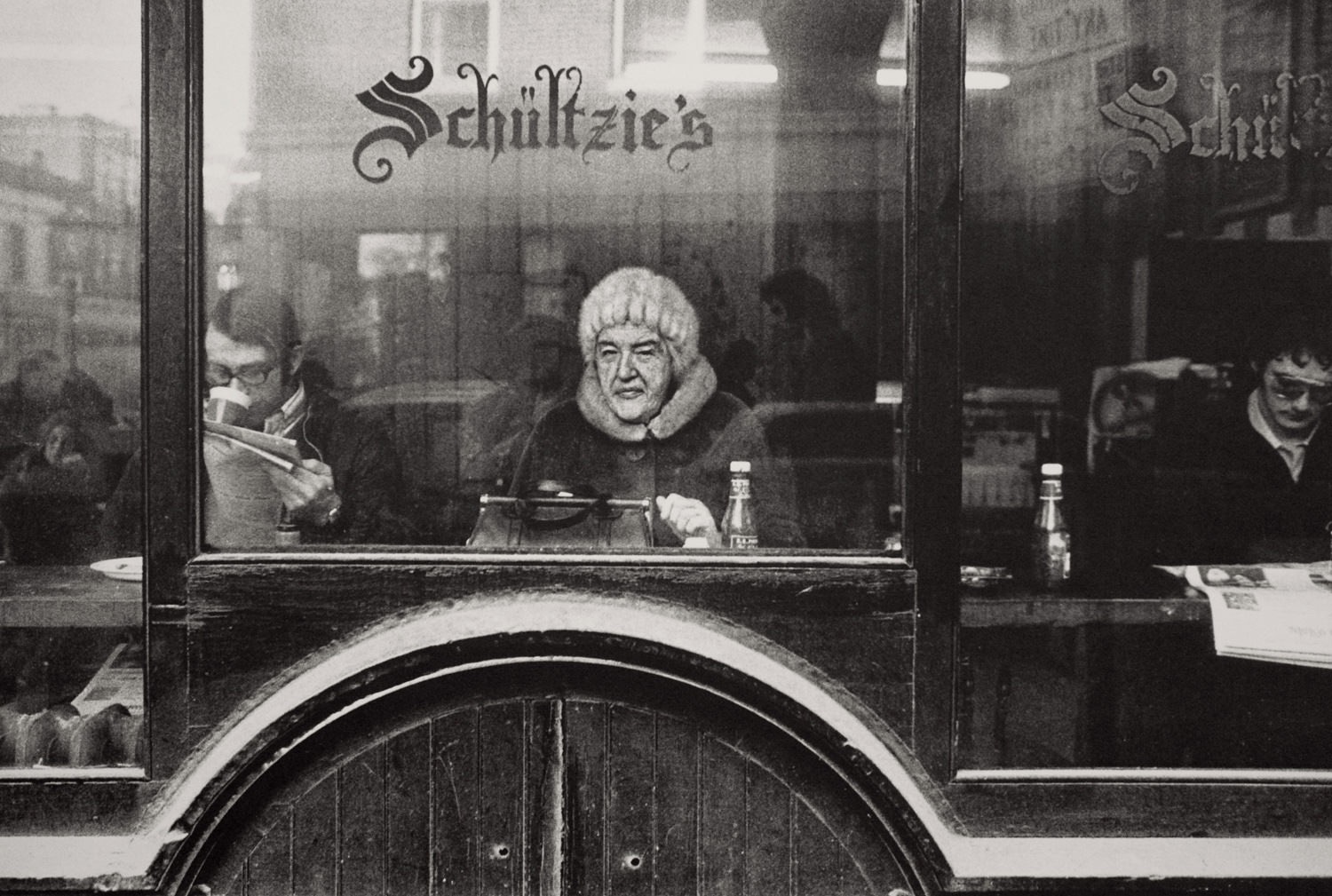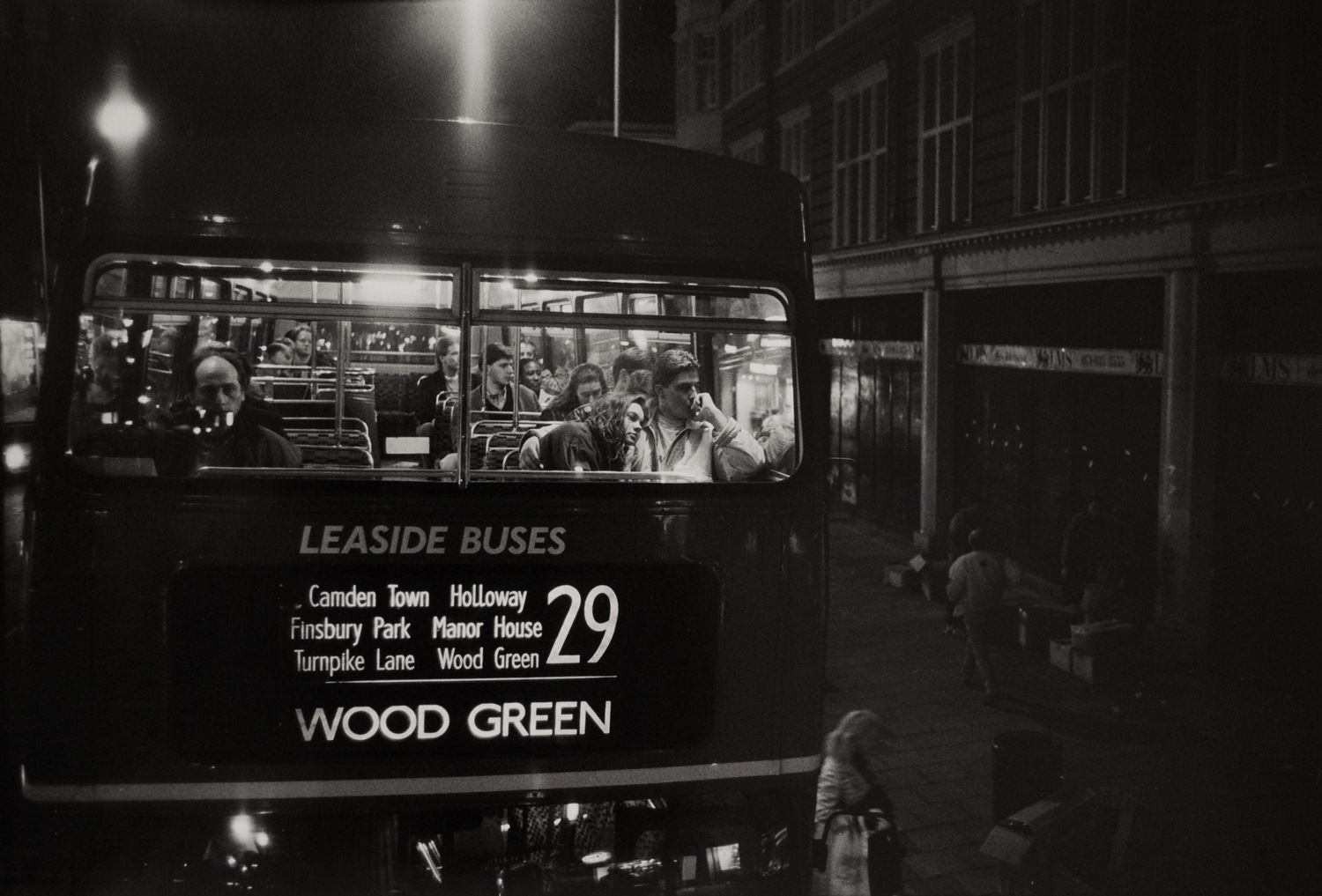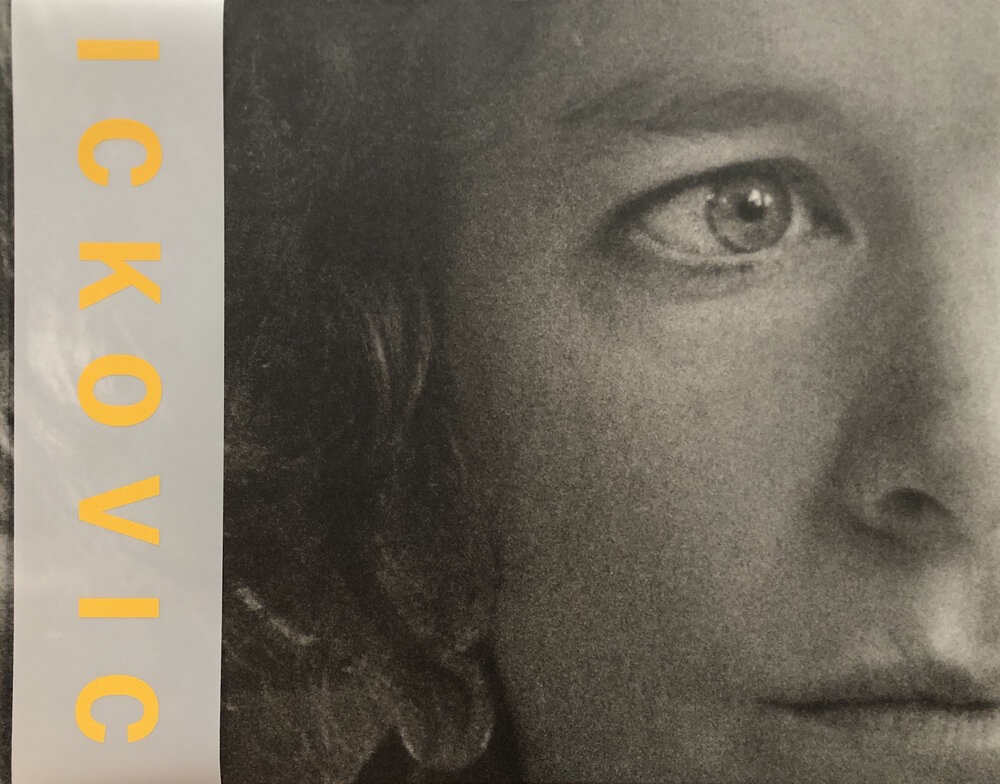In Transit: Photographs by Paul Ickovic
Czechoslovakian-born photographer, active since 1964, Paul Ickovic follows a rich line of 20th-century street photographers. On the occasion of a recent donation, the BnF dedicates a first French exhibition to this sensitive and cosmopolitan artist.
The exhibition presents a representative selection of street scenes and improvised portraits, made by Paul Ickovic starting from the 1960s, with almost forty prints made for the American shooter David Haas. It also highlights, through the archives, the close bond that the photographer has formed with his contemporaries – Henri Cartier-Bresson, Bruce Davidson, Louis Faurer, Josef Koudelka – as well as the privileged place occupied by the book in the formation of the gaze as in the course of the photographer.
An admirer of Brassaï and Robert Frank, a disciple of Louis Faurer, an accomplice of Josef Koudelka, editor and facilitator of the works of Walker Evans, Lotte Jacobi, Bruce Davidson and Henri Cartier-Bresson, Paul Ickovic willingly hid in the shadow of these practitioners who admire, highlighting their talents and typesetting their images. However, his work as a photographer, which began in 1964, is gaining more and more recognition.
THE PRACTICE OF THE STREET SNAPSHOT
Inspired in his approach by his mentors and colleagues, Paul Ickovic has been practicing street shooting worldwide since the age of twenty. His photograph of him has evident features in common with these other worlds that he has helped to make known and that he claims to be: the place dedicated to public places, the privileged theater of social comedy; the daily attention of ordinary people; the narrative force and the poetic force of isolated sketches or arranged in books; scouring cities for images – he says good shoes are a street photographer’s best gear; the practice of “photographic shooting”, the search for the “decisive moment” theorized by Cartier-Bresson and the meaning of immediate composition that it presupposes…
Colored with bittersweet irony, Paul Ickovic’s snapshots capture human incongruities and oddities without judgment or overflow, through a gesture or a sidelong glance; they capture the micro-episodes of the human comedy, its games of seduction and power, particularly between men and women. Distinguishing isolated, thoughtful, and abstract figures from the course of the world in the crowd, Ickovic portrays them with accuracy and compassion. A lover of Fellini’s films, the photographer draws a taste for this clownish melancholy that arises behind the masks and disguises of his carnival models.
A gift from the BNF reveals to the general public the talent of Paul Ickovic. Marked by the successive moves of his family, he continued his explorations of the world as an airplane pilot, his first profession. Wherever he traveled, he looked at life as a theater, reality as a scene where characters wander, and he has been lovingly watching since the age of 20 for the “decisive moment” dear to Henri Cartier-Bresson (exhibited in the gallery next door). Here are images taken since the ’60s. From the United States to Nepal, from Czechoslovakia to Colombia, Ickovic encloses in his frame, with the incredible art of composition, the daily life of his contemporaries. He photographs quietly and only in black and white: chambermaids in a corridor; an abandoned pram on a sidewalk; a choreography of passers-by; games of reflections in a window… As with all the great street photographers of the twentieth century, it doesn’t matter where the scene takes place, because it is not so much the subject that counts as the coincidence between the event, often harmless, and the eye, which will compose to make an image – a sensation in sum. Like the work of Cartier-Bresson, there is something in Ickovic’s stolen moments that resembles a painting. All these strange perceptions of the city and its inhabitants, these micro-journeys between reality and illusion take us elsewhere in a space-time that the eye of the ordinary onlooker does not see.
The exhibition also highlights through archival materials the close bond the photographer forged with his contemporaries – Henri Cartier-Bresson, Bruce Davidson, Louis Faurer, and Josef Koudelka. A 61-plate monograph titled ‘Ickovic’ has been published in conjunction with the museum exhibition.
Paul Ickovic: Photographs, published by Okapi Editions. Design by Natalija Polenec and Jana Ošlaj, Slovenia Texts by Dominique Versavel and Marianne Le Galliard. Poem by Naila Moreira. Printed by Trifolio, Verona.
About the Author
Paul Ickovic was born in 1944 in England to Czech parents. During his childhood, he lived in South America, Western Europe, and Canada. In 1957, his family segled in New York City. Beginning in 1962 Ickovic began to photograph and traveled to France, Denmark, Spain, Germany, Switzerland, Yugoslavia, India, Nepal, and Hong Kong.
A self-taught photographer, Ickovic came under the tutelage of photographer Louis Faurer in the 1960s who taught him that the path to excellence in photography was through a high degree of criticism and ruthless self-editing. In 1970, his photographs were first exhibited at Goddard College in Vermont, and in 1974 he had his first major exhibition at the Institute of Contemporary Art in Boston. Ickovic’s books include “In Transit,” “Safe Conduct” (foreword by Cornell Capa and Essay by Vaclav Havel), and “Kala’s Grave and Other Stories,” a collaboration with Pulitzer prize-winning author David Mamet. Important influences and friendships in Ickovic’s life include Josef Koudelka, Milos Forman, and David Mamet. Ickovic’s photographs are in the collections of the Museum of Modern Art, New York; Bibliothèque Nationale, Paris; International Center of Photography, New York; National Gallery, Prague, Czech Republic; and the Smithsonian American Art Museum.
Paul Ickovic: En Transit
19 May – 22 August 2021
Bibliothèque nationale de France, Paris

